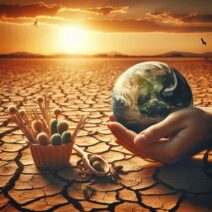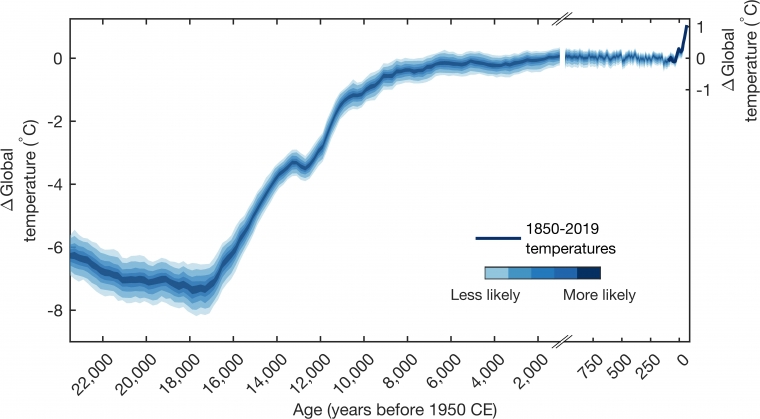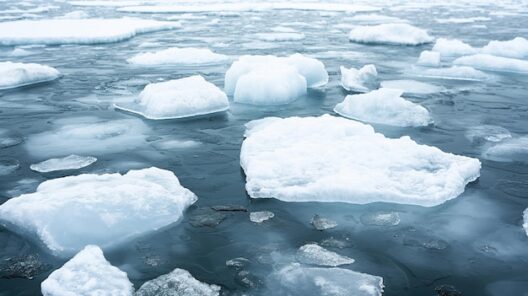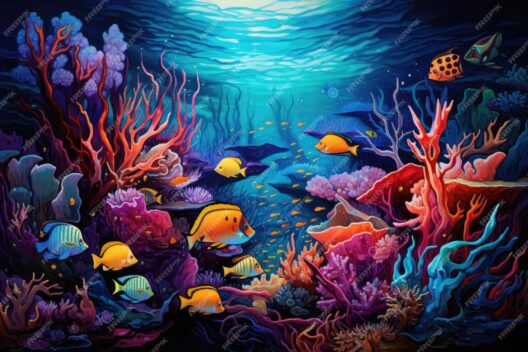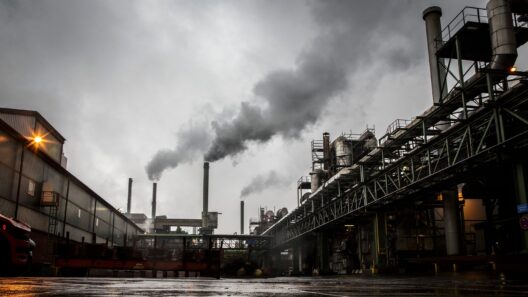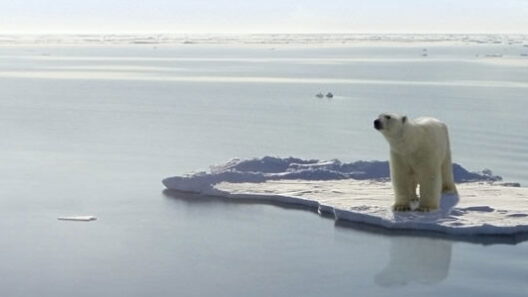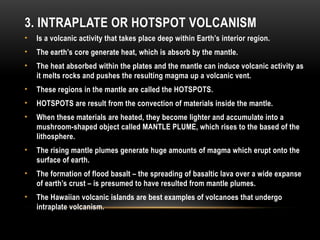Global warming is a phenomenon that has long since emerged from the shadows of debate into the realm of established science. To understand how this shift occurred, it is imperative to traverse the landscape of climatology, a field that has meticulously pieced together the puzzle of Earth’s changing climate over millennia. Just as a historian reconstructs the past through myriad clues, scientists have relied on diverse methodologies and an expanding repository of data to comprehend the trajectory of Earth’s temperatures over time.
In the annals of scientific inquiry, the modern understanding of global warming can be likened to the unveiling of a complex tapestry. Each thread, woven through decades of research and observation, reveals a narrative steeped in consistency and remarkable agreement. The collective expertise of scientists from various disciplines converges, leading to a singular conclusion: the planet is undergoing a significant warming trend largely attributable to human activities.
The genesis of our present understanding can be traced back to the late 19th century. During this era, pioneers like Svante Arrhenius began to elucidate the greenhouse effect—the phenomenon where certain gases trap heat in the atmosphere. Arrhenius posited that an increase in carbon dioxide concentration from fossil fuel combustion would enhance this effect, ultimately leading to higher global temperatures. This early warning sign was but a whisper amidst the industrial symphony of progress, a premonition that went largely unheeded.
As the 20th century unfolded, the cacophony of industrialization intensified, and so did the data supporting Arrhenius’s hypothesis. In the 1950s, atmospheric chemist Charles David Keeling initiated the Keeling Curve, an empirical representation of atmospheric carbon dioxide levels collected from Mauna Loa Observatory in Hawaii. This pivotal moment served as a clarion call, visually depicting the upward trajectory of carbon dioxide concentrations. The findings underscored a burgeoning reality: as human activities accelerated, so too did our impact on the Earth’s climate.
The subsequent decades saw an exponential increase in research dedicated to climate science. The scientific community began to collaborate across national and disciplinary lines, culminating in landmark meetings such as the establishment of the Intergovernmental Panel on Climate Change (IPCC) in 1988. The IPCC synthesized a plethora of studies and findings, effectively distilling complex climate variables into digestible reports for policymakers and the public. The model outputs began to paint a foreboding portrait: future climate scenarios warmed in tandem with anticipated emissions. This was no longer speculation; it was evidence-based projection.
The growth of sophisticated models allowed scientists to simulate climate patterns with increasing precision, unraveling how temperature changes were not merely fluctuations but systematic shifts influenced by anthropogenic factors. Each report released by the IPCC was akin to turning another page in the unfolding narrative, each page replete with testimonials from the Earth itself: melting ice caps, rising sea levels, and increasingly erratic weather patterns. The language of science began to coalesce, coalescing into an explicit consensus that resonated globally—climate change was real, and it was accelerating.
Public perception began to shift, transforming awareness into action. What once seemed like an esoteric subject became a pressing societal matter. The metaphor of climate change as a slow-moving train barreling down the tracks became commonplace. Despite the warnings from climatologists, a lethargic response seemed inevitable, akin to passengers on this train pondering their fate while the conductor—science—repeatedly sounded the alarm. The result was a call for urgent measures to alter our course.
In examining the history of global warming, one might recall the proverbial frog in boiling water—a creature whose complacency leads to dire consequences. Human society, similarly, has often remained oblivious to the gradual changes in climate until it is almost too late. Yet, as the science matured, so did public understanding. The shift from skepticism to acknowledgment of climate science illustrates the power of persistent inquiry and irrefutable data.
In recent years, the dialogue surrounding climate change has evolved yet again. The narrative has expanded beyond mere acceptance of warming; it encompasses discussions about its wide-ranging effects on social, economic, and ecological systems. The metaphors have grown richer, with researchers likening the Earth’s climate to a finely tuned instrument—one whose strings are now out of harmony due to the excesses of human interference. The resulting dissonance manifests in increased natural disasters, threats to biodiversity, and the specter of food insecurity.
Now, as we find ourselves entrenched in the realities of climate change, the question remains: what do we do with this knowledge? The settled science underscores an imperative for collective action. Data from various sources converge to a singular truth—we must alter our path. The challenge is monumental, akin to steering a massive ship away from an impending iceberg; it requires coordinated efforts across nations, industries, and individual lives.
The irony lies in the fact that we hold the power to reverse course, yet it requires an unprecedented level of commitment akin to a communal renaissance for the health of our planet. To negate the consequences of past inaction, we must harness the tenacity of our cooperative spirit, embracing sustainability as the new zeitgeist.
Ultimately, understanding that global warming is an established scientific fact is only the precursor to addressing its ramifications. The journey ahead may be daunting, but the resolute truth remains: the settled science offers us a roadmap, if only we have the resolve to navigate toward a more viable future.


